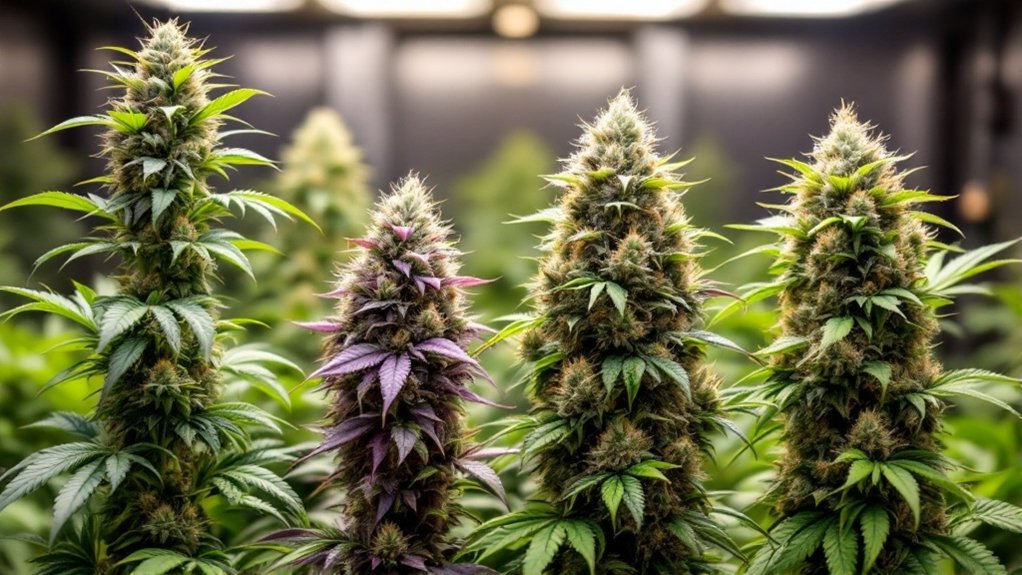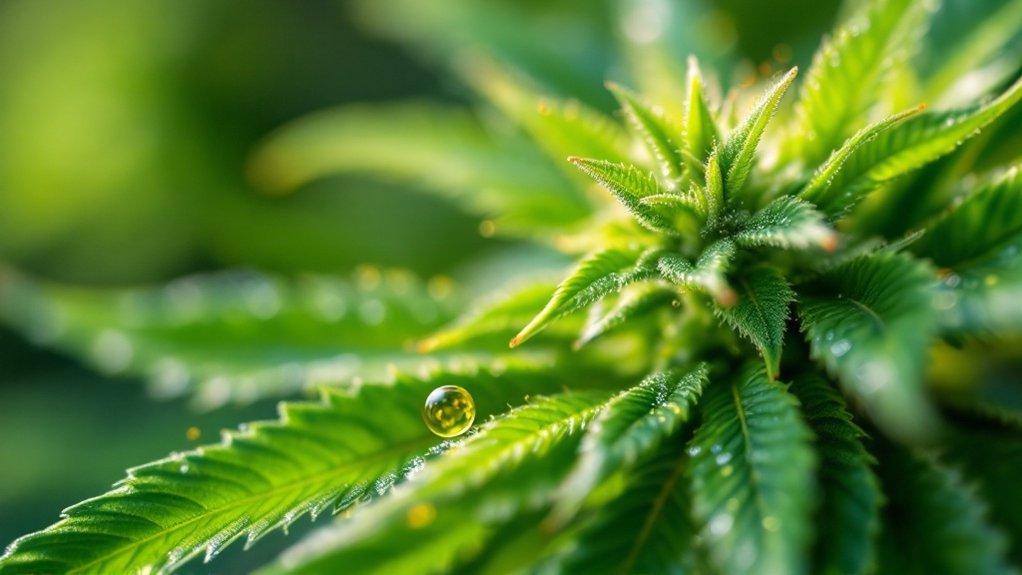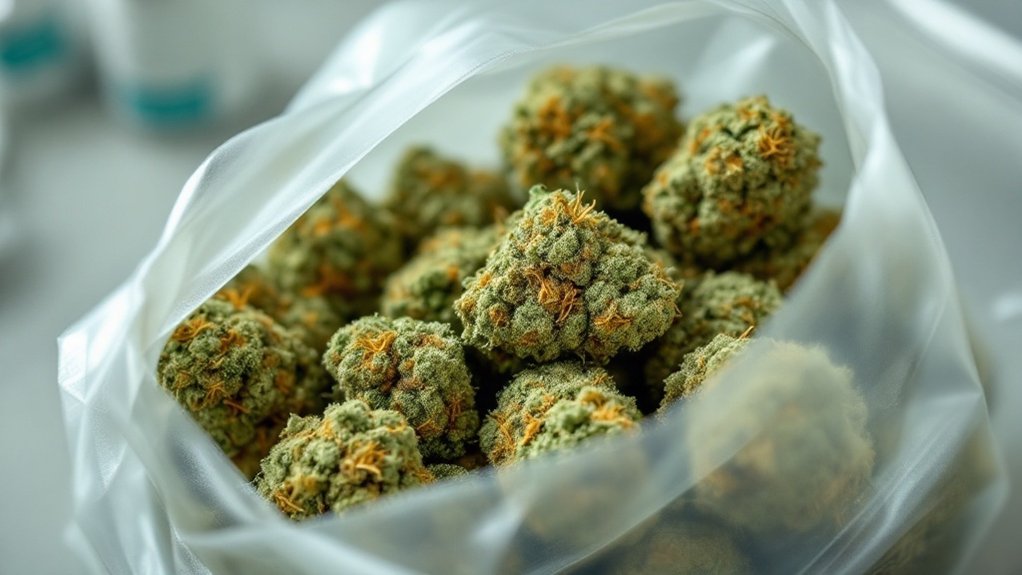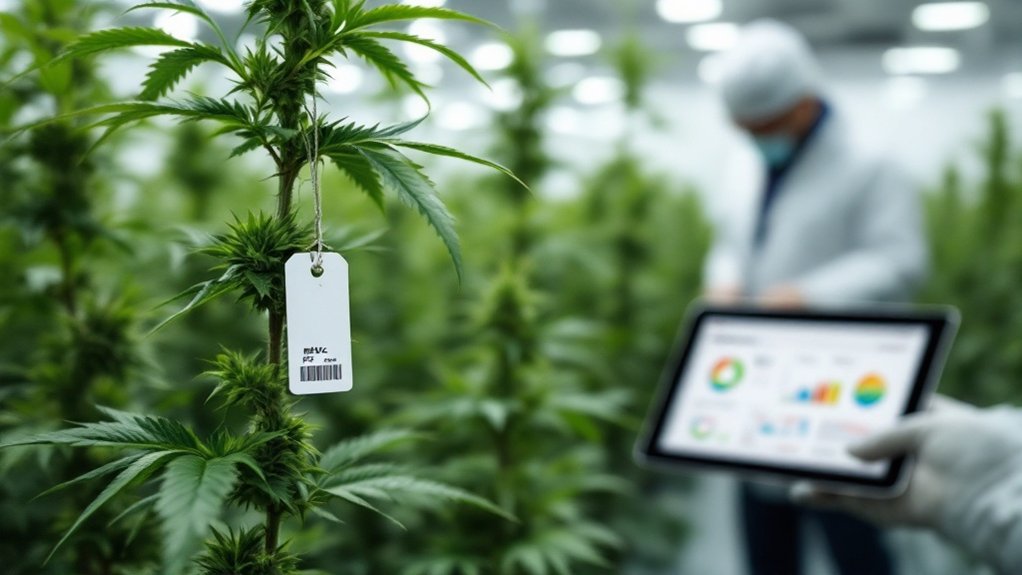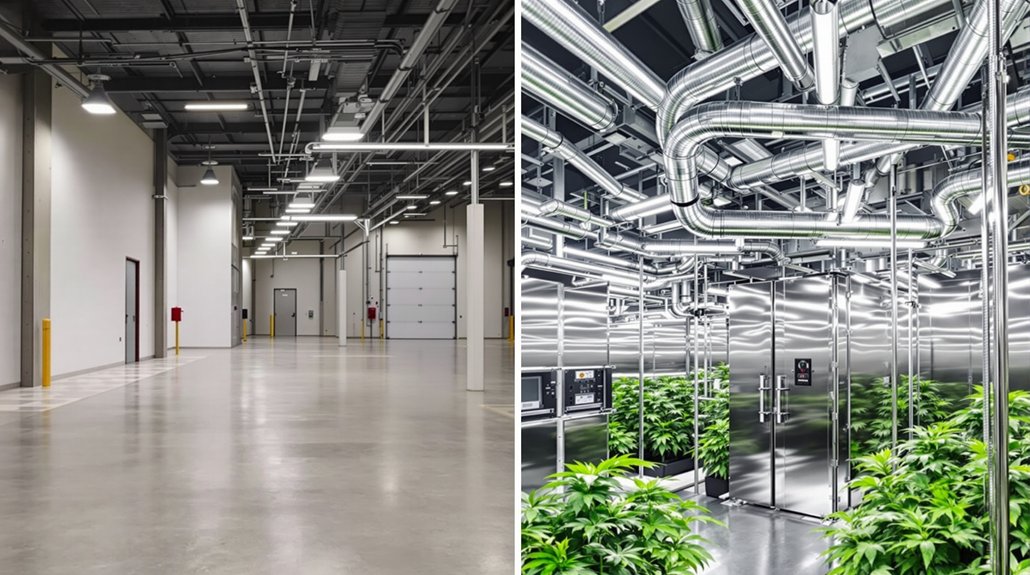Cannabis phenotypes are the observable characteristics that result from the interaction between a plant’s genetic makeup and its environment. These traits include physical structure, aroma, flavor, and cannabinoid profiles that can vary greatly even among plants from identical seeds. For breeders and cultivators, phenotypes matter because they determine commercial value, medical efficacy, and growing characteristics. Understanding these variations enables the development of specialized strains with desired properties for specific markets and applications.
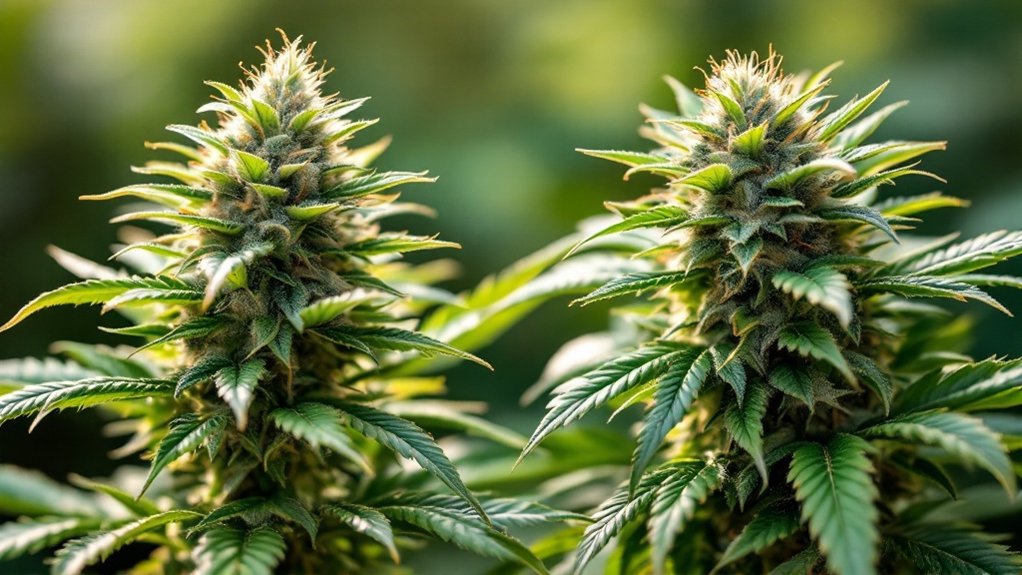
While many cannabis enthusiasts focus primarily on strain names, the true complexity of cannabis lies within its phenotypic expressions. Phenotypes, commonly referred to as “phenos” in cannabis cultivation circles, represent the observable physical characteristics of a plant’s genetic blueprint. These traits emerge from the interaction between a plant’s genotype and the environmental conditions in which it grows, resulting in variations that can be seen, smelled, and tasted. The same cannabis seeds can produce noticeably different plants, even when their genetic makeup appears identical.
Looking beyond strain names reveals cannabis’s true nature—a dance between genetics and environment creating uniquely expressive plants.
The genetic composition or genotype of cannabis serves as the foundational blueprint that defines potential growth patterns and characteristics. This genetic code contains instructions for every possible trait the plant might express, from its height and structure to the chemical compounds it produces. This complex interaction between genes and environment demonstrates the remarkable phenotypic plasticity of cannabis plants. Additionally, certain sativa strains are known for their energetic effects, further showcasing the diversity in phenotypic expressions.
Curiously, different genotypes can sometimes produce similar-looking plants, while plants with nearly identical genetics may develop distinctly different appearances when grown under varying conditions. This genetic diversity contributes appreciably to the rich tapestry of cannabis varieties available today.
Environmental factors play a vital role in determining which genetic traits become expressed in a cannabis plant. Temperature, humidity, light intensity, and soil composition can dramatically alter how a plant develops.
Two genetically identical cannabis plants grown in different environments might produce flowers with varying colors, aromas, potencies, and growth structures. These environmental influences fundamentally “switch on” different aspects of the plant’s genetic code, highlighting the remarkable adaptability of cannabis.
Physical characteristics of different phenotypes can range widely, with some displaying sativa-leaning traits such as tall, slender structures with narrow leaves, while others exhibit indica-leaning characteristics like shorter, bushier growth patterns with broader leaves. Even in a single batch of hybrid varieties, multiple distinct phenotypes can emerge, with some plants showing more sativa dominance and others expressing more indica traits.
Beyond physical structure, phenotypes also express sensory variations including distinct terpene profiles that create unique aromas ranging from fruity to earthy, and flavor characteristics that can differ dramatically even within the same strain.
For cannabis breeders and cultivators, understanding phenotypes is essential for developing new strains with targeted traits. By selecting plants with desirable characteristics and breeding them together, cultivators can emphasize specific properties like higher resin production, particular flavor profiles, or ideal growth patterns.
This phenotypic selection process has driven the evolution of cannabis cultivation, allowing for the development of specialized varieties that meet specific consumer preferences and growing requirements.
Frequently Asked Questions
How Do You Identify Cannabis Phenotypes Visually?
Cannabis phenotypes can be visually identified through several key characteristics.
Plant structure provides immediate clues, with sativa-dominant types typically appearing taller and more slender.
Leaf characteristics are particularly telling, as THC-dominant cultivars display deep-green, wide leaflets, while CBD-dominant types exhibit light-green, narrow leaflets with more serrations.
Flower formation also differs notably, with THC-dominant varieties producing dense, compact inflorescences compared to the looser structures of CBD-dominant plants.
Trichome density and appearance further distinguish different phenotypic expressions.
Can Phenotypes Affect THC and CBD Potency?
Phenotypes greatly impact THC and CBD potency in cannabis plants. Different phenotypes of the same strain can express varying cannabinoid profiles, with some producing higher THC concentrations while others develop elevated CBD levels.
This variation occurs because phenotypic expression represents the interaction between genetic potential and environmental conditions. Cultivation factors like light spectrum, temperature ranges, and nutrient availability further influence how phenotypes manifest their cannabinoid production capabilities.
This makes phenotypic selection critical for breeders seeking specific chemotype profiles.
Do Climate Conditions Influence Phenotype Expression?
Climate conditions profoundly influence cannabis phenotype expression through various mechanisms.
Temperature ranges create distinct morphological traits, with plants grown below 59°F(15°C) developing differently than those in warmer environments above 72°F (22°C).
Humidity levels, particularly when exceeding 64%, interact with temperature to produce unique phenotypic groupings.
The plant demonstrates remarkable phenotypic plasticity, allowing adaptation to diverse environmental conditions through epigenetic modifications.
These environmental interactions directly affect cannabinoid production, with cold stress particularly decreasing CBD content in cannabis plants.
Are Certain Phenotypes More Resistant to Pests?
Yes, certain cannabis phenotypes exhibit enhanced resistance to common pests and pathogens.
Specific genetic loci, such as PM1 on chromosome 2 and PM2 on chromosome 9, confer resistance against powdery mildew through hypersensitive reactions that inhibit pathogen penetration.
Resistant phenotypes demonstrate localized H2O2 accumulation in affected tissues, resulting in “wandering” mycelial growth and considerably reduced conidia production.
These defense mechanisms, similar to those in other plants, allow resistant cannabis varieties to better withstand threats from Golovinomyces, Fusarium, Botrytis, and Pythium species.
How Long Does Phenotype Hunting Typically Take?
Phenotype hunting typically takes a minimum of 6 months from seed to final selection. The process spans multiple growth stages including germination, vegetative growth, flowering, harvesting, and trait evaluation across several generations.
Commercial breeding projects often extend beyond this timeframe, sometimes requiring multiple growing cycles to isolate and stabilize desired characteristics. Factors affecting duration include the number of plants evaluated, trait complexity, and whether additional verification grows are conducted to confirm genetic stability.
